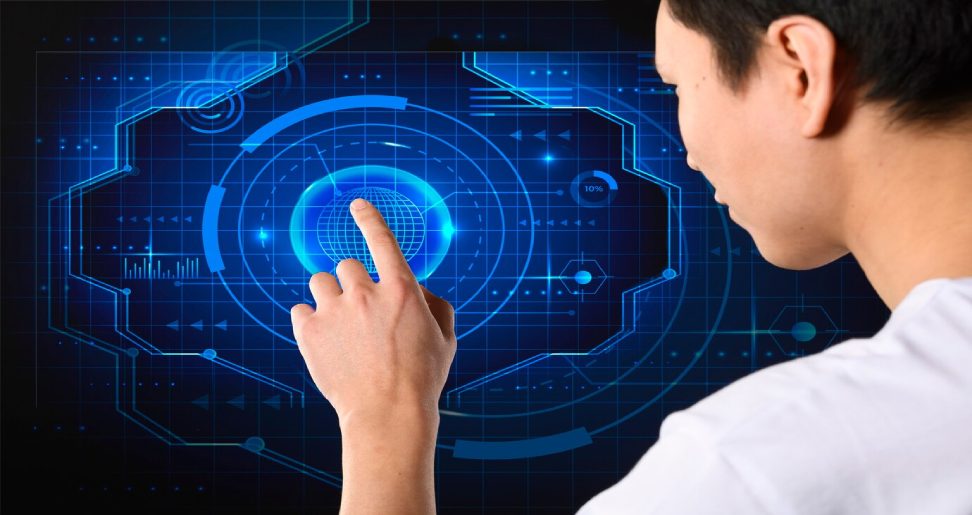In an era where digital security is paramount, traditional passwords have become a relic of the past, laden with vulnerabilities and frustrations. Enter Passwordless Multi-Factor Authentication (MFA) – a revolutionary approach to authentication that promises enhanced security, improved user experience, and reduced operational costs. In this guest post, we will delve into the intricacies of passwordless MFA, exploring its benefits, mechanisms, and the future it heralds for cybersecurity.
The Evolution of Authentication
For decades, passwords have been the cornerstone of digital security. However, the growing sophistication of cyber threats has exposed the limitations of password-based systems. Common issues such as weak passwords, password reuse, and phishing attacks have made it clear that relying solely on passwords is no longer viable. MFA emerged as a solution by adding layers of security, but even traditional MFA methods involving SMS codes or email verifications are now being targeted by cybercriminals.
Passwordless MFA addresses these challenges by eliminating the weakest link in the chain: the password itself. Instead, it leverages advanced technologies to authenticate users in a more secure and user-friendly manner.
How Passwordless MFA Works
Passwordless MFA employs a variety of methods to authenticate users without requiring a password. Here are some common approaches:
- Biometric Authentication:
- Fingerprint Scanning: Users authenticate by scanning their fingerprints, a unique identifier that is difficult to replicate.
- Facial Recognition: Utilizing advanced algorithms, devices can recognize and authenticate users based on their facial features.
- Voice Recognition: Voice patterns are analyzed to authenticate users, adding a layer of convenience for environments where hands-free operation is beneficial.
- Device-Based Authentication:
- Security Tokens: Physical devices like USB tokens generate unique codes for authentication, ensuring the user possesses the authorized device.
- Smartphone Authentication: Mobile apps can generate time-based codes or use push notifications to verify user identity.
- Behavioral Biometrics:
- Keystroke Dynamics: The unique way a person types on a keyboard can be used to verify their identity.
- Mouse Movements: Patterns in mouse movements can also serve as an authentication method.
These methods can be combined to create a multi-factor system that is both highly secure and user-friendly, without the need for passwords.
Benefits of Passwordless MFA
- Enhanced Security:
- Passwordless MFA eliminates risks associated with password theft, reuse, and phishing attacks. Biometrics and physical tokens are much harder for attackers to compromise.
- Improved User Experience:
- Users no longer need to remember complex passwords or deal with frequent password resets. Biometric authentication and push notifications streamline the login process.
- Reduced Operational Costs:
- Organizations can significantly cut down on costs related to password management, such as helpdesk support for password resets and security incidents stemming from compromised passwords.
- Regulatory Compliance:
- Many industries have stringent regulations regarding data security. Passwordless MFA helps meet compliance requirements by providing robust authentication mechanisms.
Challenges and Considerations
Despite its advantages, implementing passwordless MFA comes with its own set of challenges. Organizations must carefully consider the following:
- Initial Setup Costs:
- Deploying biometric devices or distributing security tokens can be expensive initially. However, these costs are often offset by long-term savings and enhanced security.
- User Adoption:
- Ensuring that users are comfortable with new authentication methods is crucial. Comprehensive training and clear communication can help ease the transition.
- Privacy Concerns:
- Biometric data is highly sensitive. Organizations must implement stringent measures to protect this data and comply with privacy regulations.
The Future of Passwordless MFA
As technology continues to evolve, passwordless MFA will become increasingly prevalent. The integration of AI and machine learning will further enhance the accuracy and reliability of biometric and behavioral authentication methods. Additionally, the rise of decentralized identity systems, where users have greater control over their authentication data, will complement the passwordless MFA landscape.
In conclusion, passwordless MFA represents a significant leap forward in the quest for secure and user-friendly authentication. By eliminating the vulnerabilities associated with traditional passwords and leveraging advanced technologies, it offers a robust solution for modern cybersecurity challenges. As organizations and users alike embrace this paradigm shift, the digital world will become a safer place for all.
Also Read:-
- Rockauto – Overview, Networth, Guide
- Is AnimeFreak Legit? – Top 7 Alternatives Of It
- Is Animesuge Legit? – Top 10 Alternatives Of Animesuge

